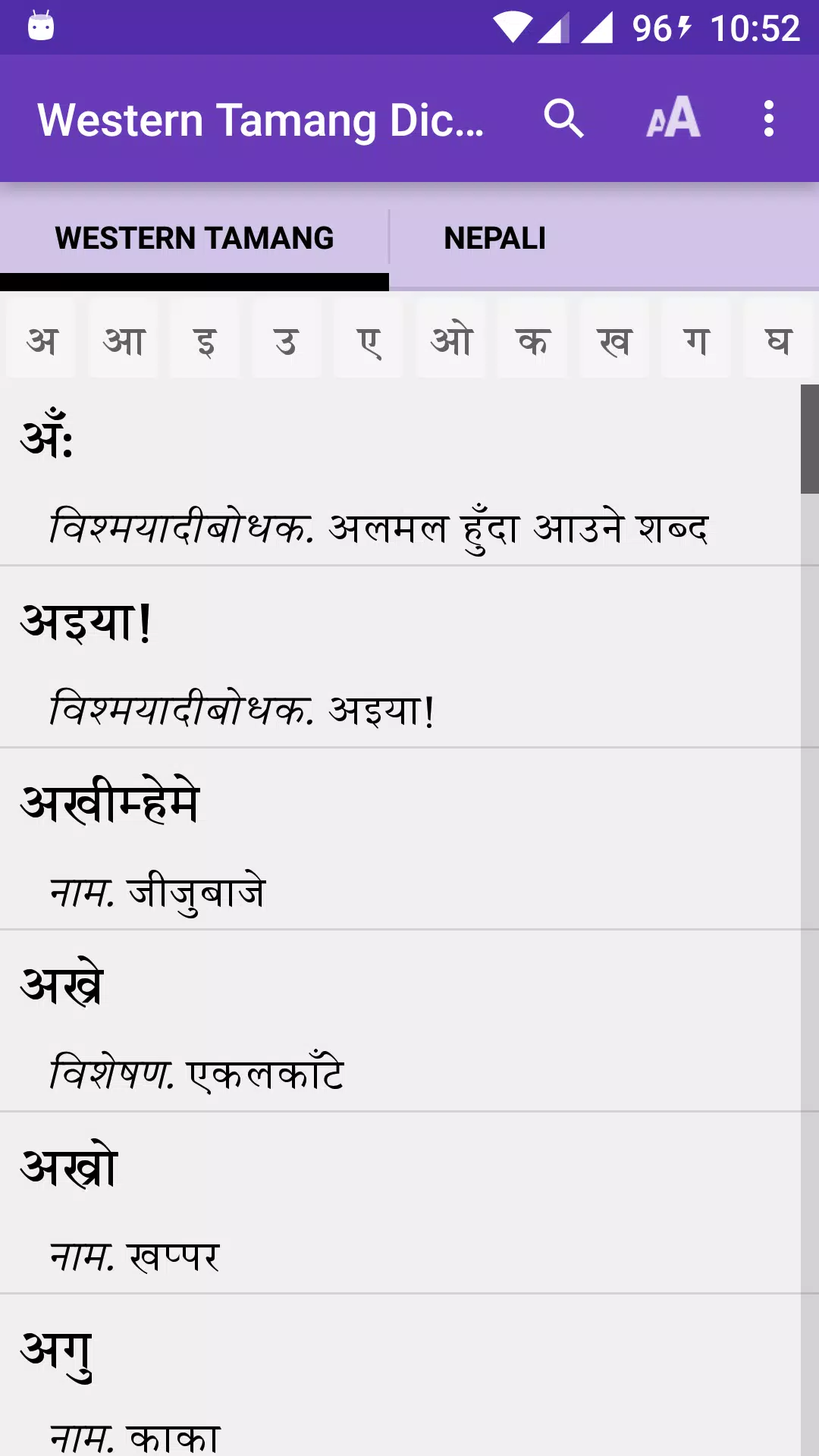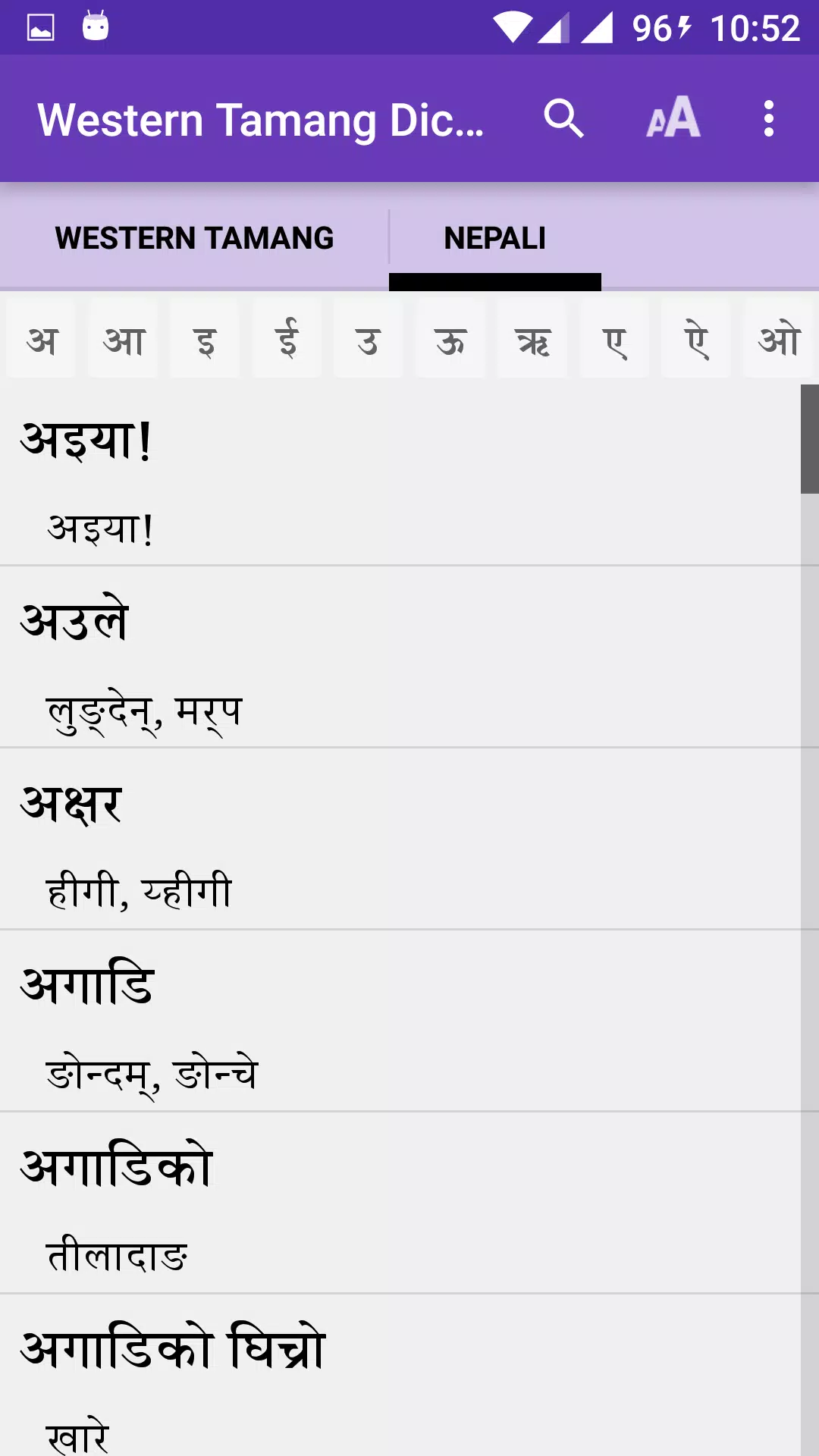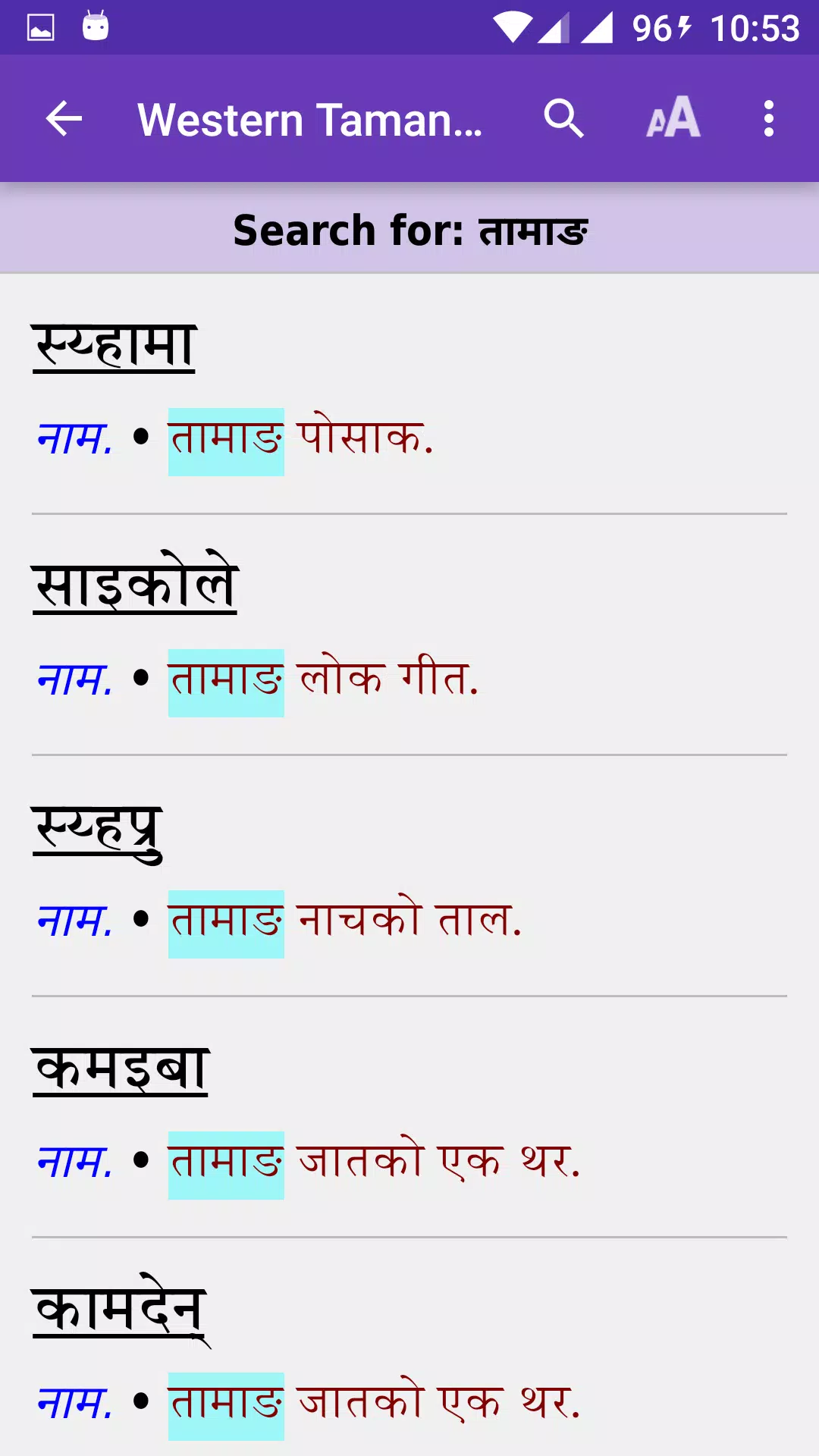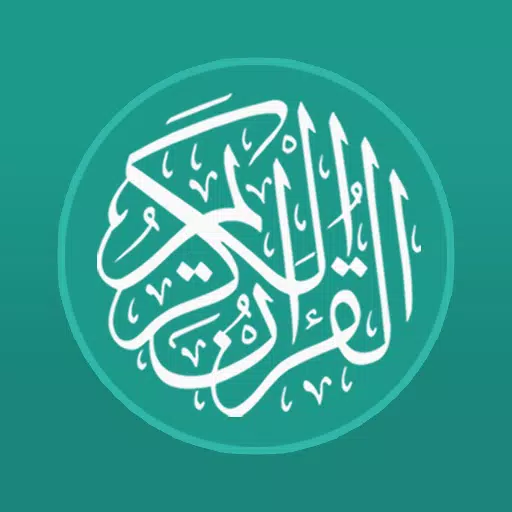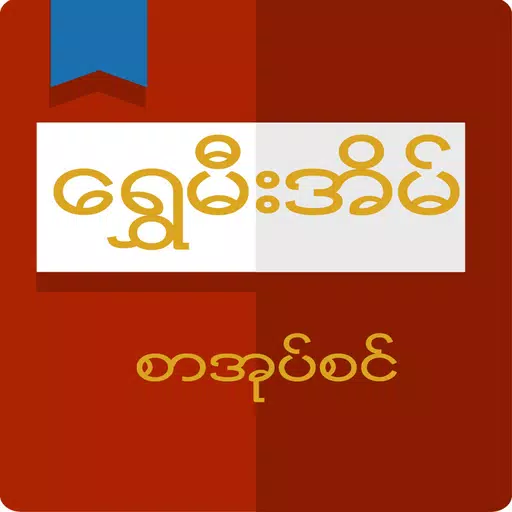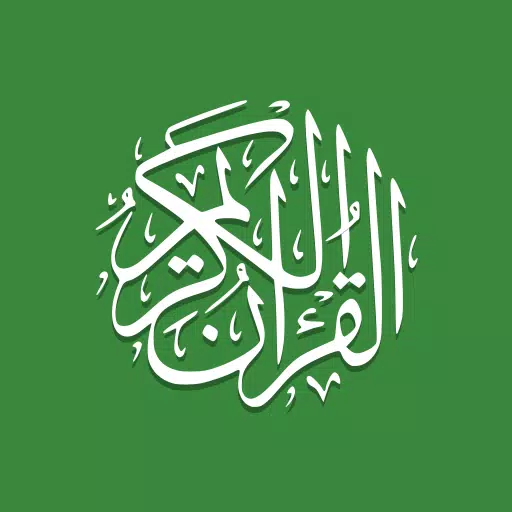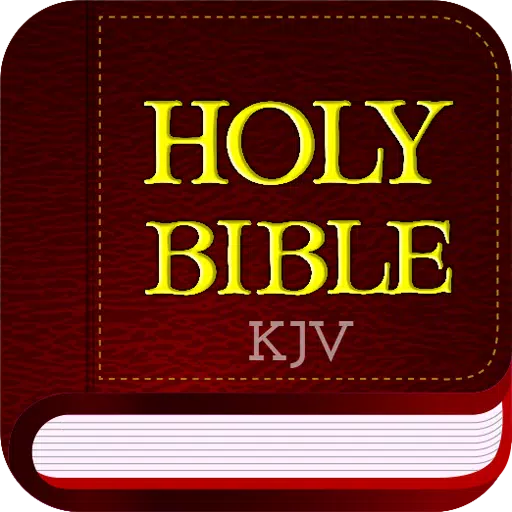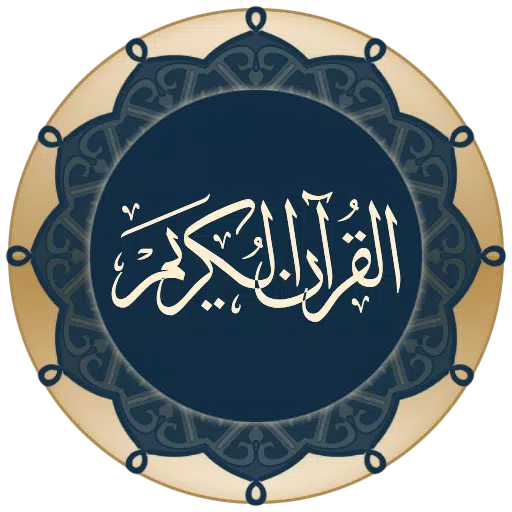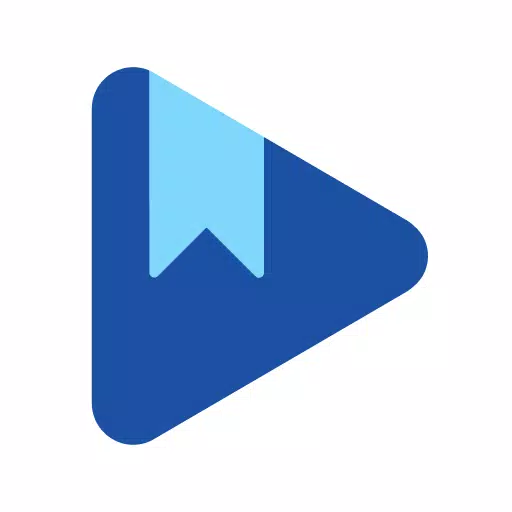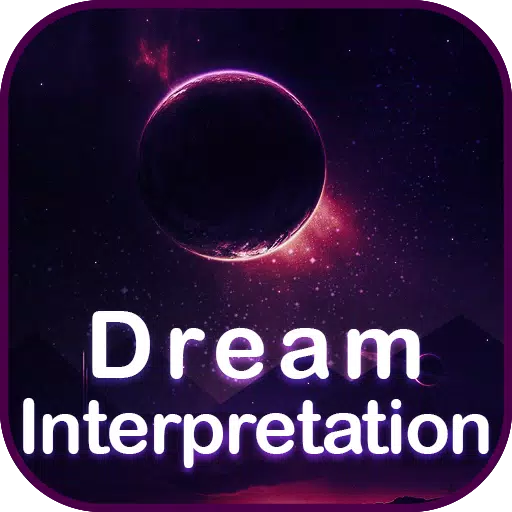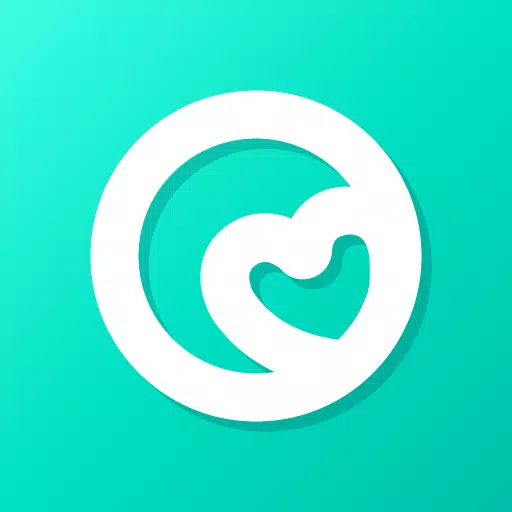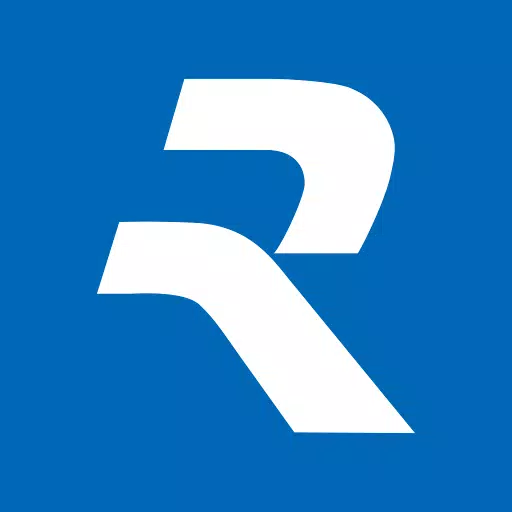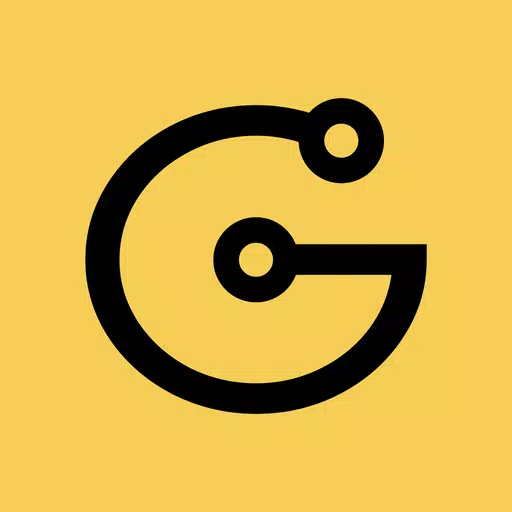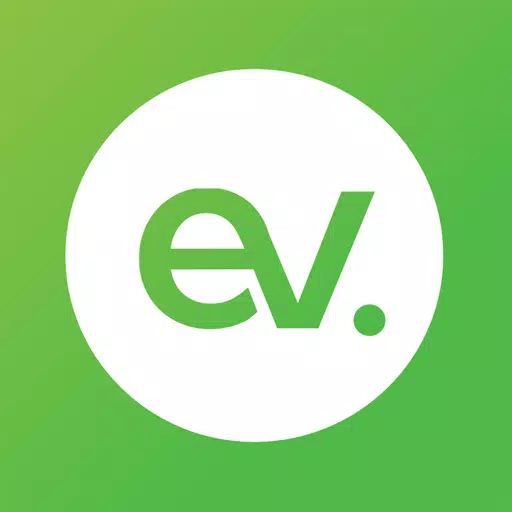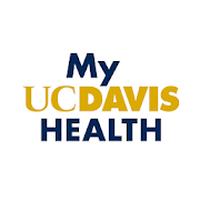Western Tamang - Nepali Dictionary
Tamang is a vibrant language spoken by the Tamang speech community. According to the 2011 Census in Nepal, Tamang ranks as the 5th most spoken language, with 5.1% of the population. It falls under the Tibeto-Burman group of the Sino-Tibetan language family. A significant portion of the Tamang community resides around the Kathmandu Valley, yet they are spread across various districts in Nepal. The Nepal government recognized the Tamang ethnic group as an indigenous community in 2058 VS, and subsequent constitutions in 2063 VS and 2072 VS have prioritized Tamang as a national language.
The 'Do:ra song' narrates the journey of Western Tamang people from Tibet into Nepal via 'Same' in the Himalayas. It highlights Tamang communities in locations such as 'Rhirhap', 'Gyagarden', 'Bompo', 'Lambu', and just above 'Same'. Cultural beliefs among the Lama, Bompo, and Lambu communities hold that the Earth's tail points north and its head south, influencing the direction in which they position a deceased's body for cremation. In Tamang culture, 'Sa' represents the Earth and 'me' the Tail, thus 'Same' symbolizes 'the tail of the Earth'. There's a noted cultural shift from the tail to the head of the Earth.
Tamang, lacking a standardized grammar, exhibits two main dialects: Eastern and Western. Eastern Tamang, originating from the Langtang Himal region east of the Trisuli River, is known as 'Syarba'. Western Tamang, spoken in districts like Rasuwa, Nuwakot, Dhading, Gorkha, Lamjung, Chitawan, and Kanchanpur, is referred to as 'Nhurba' or 'Nhuppa'.
This bilingual dictionary is the result of collaborative efforts from the Western Tamang speech community in the aforementioned districts. It translates Tamang words into Nepali, making it a valuable tool for comparative linguistic studies. However, the number of Western Tamang speakers is declining due to the influence of Nepali, the lingua franca. This dictionary plays a crucial role in the preservation, promotion, and development of Western Tamang amidst these challenges.
We believe in the continuous improvement of this dictionary and encourage insightful comments and feedback from the speech community, stakeholders, readers, organizations, and other concerned authorities to further enhance its quality and relevance.
What's New in the Latest Version 1.7
Last updated on Sep 29, 2024
- Updated on July 30, 2024
- New Android SDK


